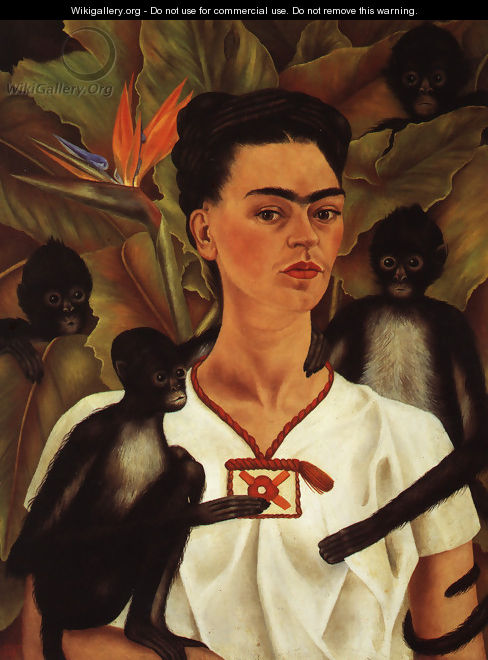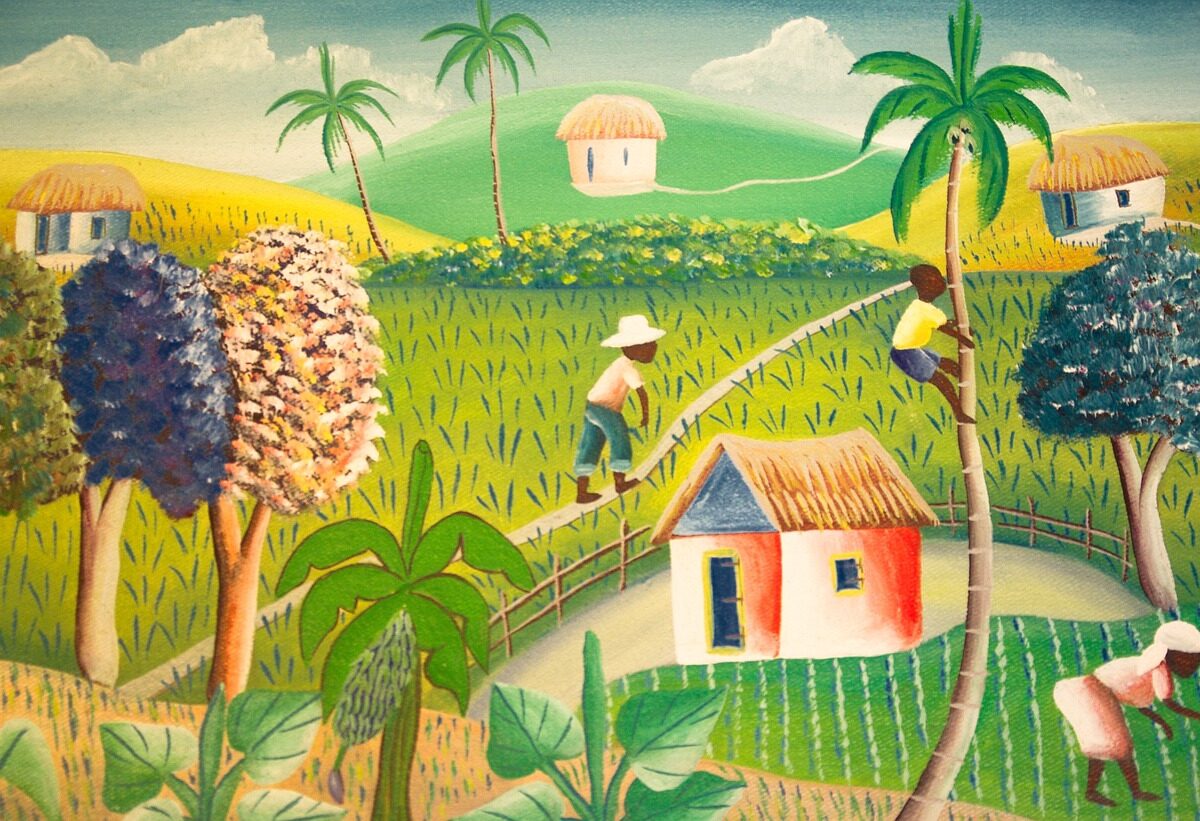Last night, I caught part of The Latin Music USA Series, a 4-hour documentary film about American music, which premiered last night. It was great!
“Produced by a team led by WGBH, in co-production with the BBC, Latin Music USA invites the audience into the vibrant musical conversation between Latinos and non-Latinos that has helped shape the history of popular music in the United States. Fittingly, the series launches in Hispanic Heritage Month, a time to recognize the contributions of Latinos to the United States and to celebrate Latino heritage and culture.
The series features the stories of an extraordinary range of artists, including Salsa greats Willie Colón and Marc Anthony; the Latin-inflected sounds found in much of sixties Rock and Roll, from the Drifters to Motown to the Rolling Stones; Jazz fused with Cuban rhythms from Mario Bauzá and Chano Pozo, the genius of Texas accordion player Flaco Jiménez; Carlos Santana; Linda Ronstadt; the legendary Chicano Rock band Los Lobos; megastars Gloria and Emilio Estefan; Ricky Martin and Juanes; Miami rapper Pitbull; Reggaetón performers Daddy Yankee and Tego Calderón; and Lin-Manuel Miranda from the Tony Award-winning musical In the Heights.
The life experiences of these and many other unforgettable artists will reveal how Latinos have reinvented their music in the United States, while never losing sight of their own rich traditions.
• Episode One: Traces the rise of Latin Jazz and the explosion of the Mambo and the Cha Cha Chá as they sweep the US from East to West. Latin Music infiltrates R&B and Rock and Roll through the 1960s.
• Episode Two: Puerto Ricans and other Latinos in New York reinvent the Cuban Son and the Puerto Rican Plena, adding elements from Soul and Jazz to create Salsa, which becomes a defining rhythm for Latinos the world over.
• Episode Three: Mexican-Americans in CA, TX and across the Southwest create their own distinct musical voices during the second half of the 20th century. Their music would play an important role in the struggle for Chicano civil rights and ultimately propel them from the barrio to the national stage.
• Episode Four: Focuses on the Latin Pop explosion of the turn of the century and the success of artists like Ricky Martin, Gloria Estefan and Shakira in the English-language market. As studios concentrate on star-driven Pop, Latino youth gravitate toward urban fusions – Spanish Rap and Reggaetón, as well as Rock en Español.
The Best Part – It’s all available online:
www.pbs.org/wgbh/latinmusicusaLearn more about the extraordinary range of artists featured in Latin Music USA, and see video clips, photos, and more by becoming a fan on Facebook or following us on Twitter. Find Latin Music USA on Facebook at www.facebook.com/PBSLatinMusicUSA and on Twitter at @LatinMusicUSA.
Did you know Ruben Blades was a lawyer before he got in the music industry or that he wrote El Cantante, the song made famous by the late Héctor Lavoe? I learned so much I was really disappointed I only saw part of it but the website is fantastic and has tons of more material.








It was obvious that the PBS series depicting the early days of Latin Music…was tilted toward the bands etc.. that had available film footage . No mention of : Willie Rodriqguez…the first NY musician to play on pop records ( Perry Como etc.), no mention of Xavier Cugat, Migelito Valdes, Arsenio Rodriguez, Charlie and Eddie Palmieri.
The section about Fania was bogus. There was and is no separate Salsa music. Tito Puente himself called it a marketing ploy. Fania continued the work done on Tico records and RCA etc..
The PBS show was fun…but certainly NOT history.
Those are some great points, perhaps you should write something about this topic.